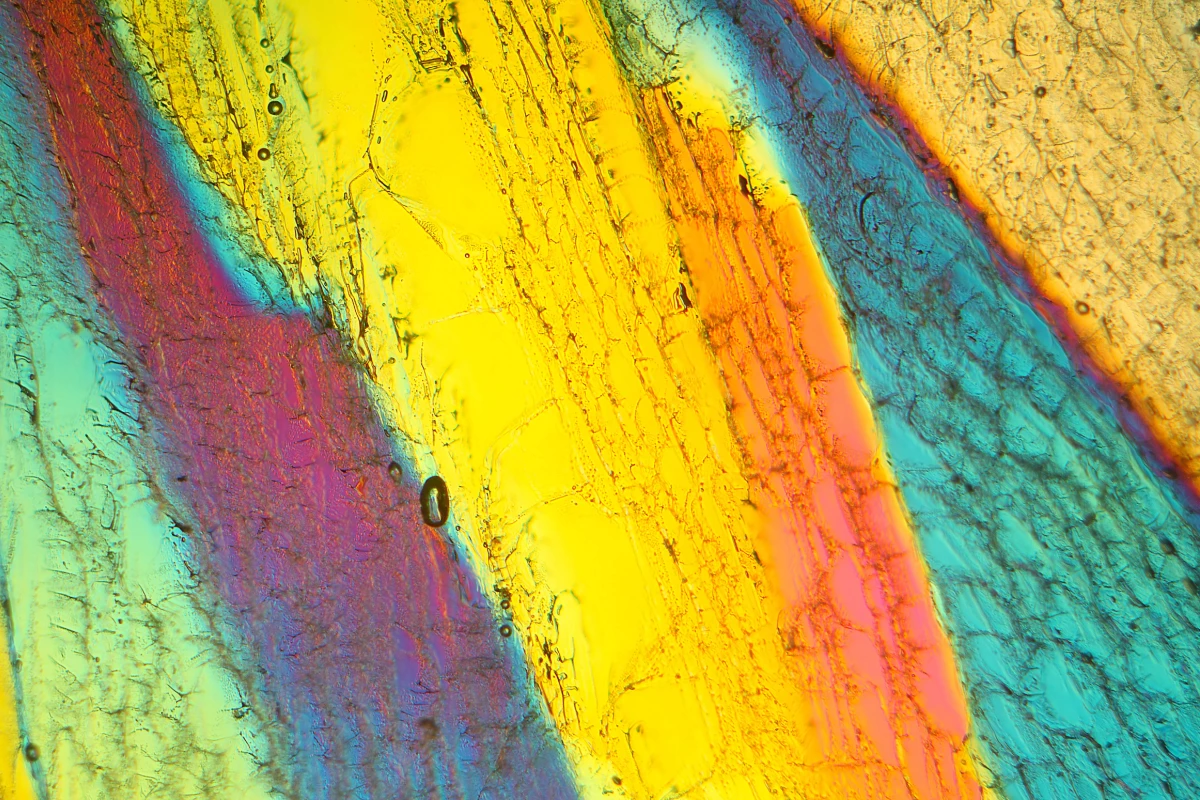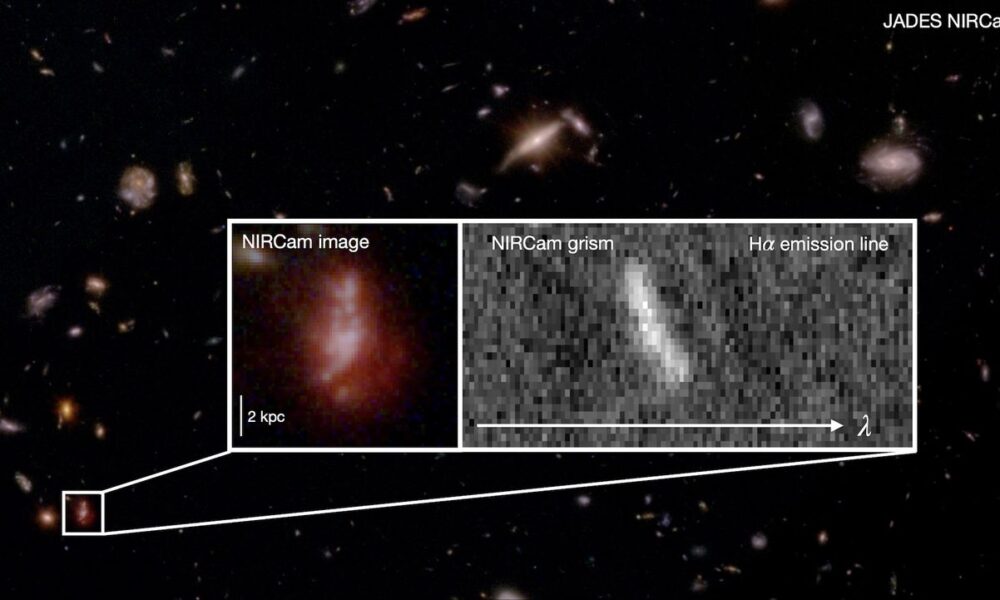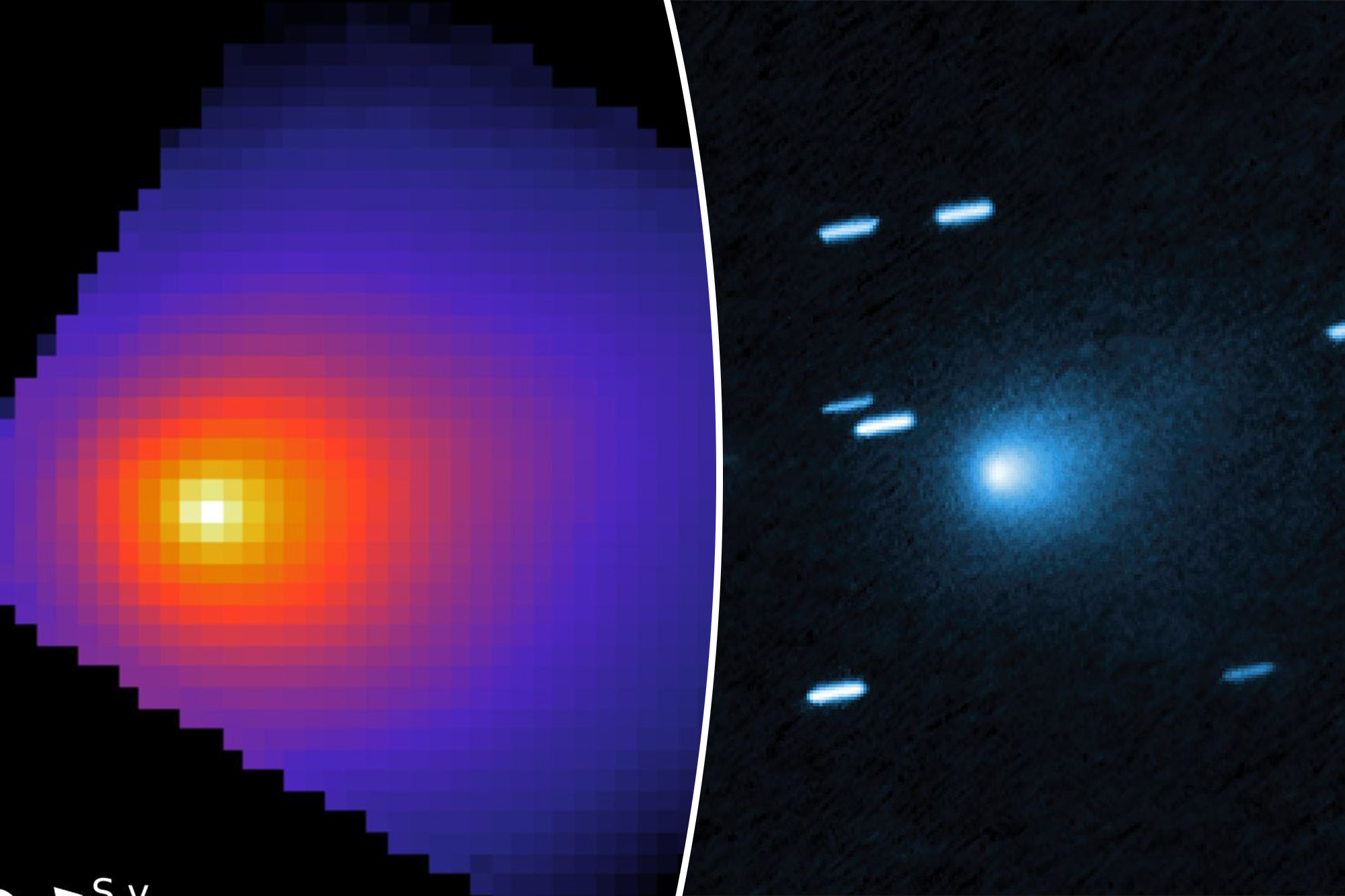Researchers have discovered a new type of ice, designated as ice XXI, which forms at room temperature under high pressure. This groundbreaking finding, reported by scientists from the Korea Research Institute of Standards and Science (KRISS), adds to the extensive knowledge of water’s complex behavior and its various crystalline forms. While traditional ice is typically seen as a simple solid, water can actually freeze into over 20 distinct types, each with unique atomic structures.
Understanding these different forms of ice is crucial for exploring environments where water exists under extreme conditions, such as on icy moons or within the Earth’s mantle. The discovery of ice XXI not only highlights the versatility of water but also opens new avenues for research into the potential for life in extraterrestrial settings.
Uncovering Ice XXI’s Formation
The research team utilized a sophisticated setup, employing diamond anvils and X-ray lasers to observe the behavior of super-compressed water at room temperature. Unlike conventional freezing processes that occur in a single step, the water underwent multiple freeze-melt cycles before settling into its crystalline form. This phenomenon occurred within the pressure range where ice VI typically forms, leading to the emergence of ice XXI.
According to Geun Woo Lee, a scientist at KRISS, “Rapid compression of water allows it to remain liquid up to higher pressures, where it should have already crystallized to ice VI.” The unique atomic structure of ice XXI, which is metastable, provides insights into how ice forms under pressure, potentially enhancing our understanding of both icy planets and deep Earth environments.
Advanced Techniques and Findings
To achieve the high-pressure conditions necessary for this experiment, researchers loaded ultra-pure water into a narrow metal chamber, employing a combination of high-speed cameras, laser sensors, and real-time monitoring tools. By systematically adjusting the pressure, they captured detailed snapshots of the water’s transformation, meticulously tracking changes in structure, pressure, and volume.
The innovative use of X-ray beams at a synchrotron facility allowed scientists to pinpoint the exact moment water transitions into this new exotic ice. The data collected during the experiments revealed that water does not crystallize in a single pathway; rather, it follows at least five distinct routes during the freezing process.
The research team further conducted molecular dynamics simulations using two models: SPCfw45 and TIP4P/Ice46. These simulations demonstrated similar trends regarding how water behaves under pressure, corroborating the experimental findings.
Interestingly, ice XXI forms at a pressure of around 1.6 gigapascals and exhibits a body-centered tetragonal crystal structure. It has more energy than MS-ice VII at room temperature, making it less stable, but the difference is minimal. Notably, ice XXI can transform into MS-ice VII, but regular water cannot.
The implications of this research extend beyond just the discovery of a new ice type. As noted by Rachel Husband, another member of the research team, “The findings suggest that a greater number of high-temperature metastable ice phases and their associated transition pathways may exist, potentially offering new insights into the composition of icy moons.”
The full study detailing these findings has been published in the journal Nature Materials, showcasing the potential for further exploration into the intriguing properties of water and ice in our universe. As scientists continue to investigate these phenomena, the understanding of water’s behavior in extreme environments will undoubtedly expand, paving the way for future discoveries.






